Common names: large-leaved lime, linden
Scientific name: Tilia platyphyllos
Family: Malvaceae
Origin: native
Towering, romantic, sticky. Large-leaved lime is a handsome broadleaf tree that is a rich home for wildlife. Aphids, and their predators, flock towards it, leaving anything underneath the tree covered in their sweet and sticky honeydew.
Common names: large-leaved lime, linden
Scientific name: Tilia platyphyllos
Family: Malvaceae
Origin: native
Large-leaved lime is the rarest of our native limes and is only subtly different from small-leaved lime. The bark is darker than that of small-leaved lime, and smooth, developing flaky plates with age. Twigs are grey-green in the shade but look reddish in sunlight. Unlike small-leaved lime, large-leaved lime does not produce suckers from the base of the trunk.
Look out for: the heart-shaped leaves which are hairy all over on the underside and feel rough to touch.
Identified in winter by: the grey twigs which are aren’t very hairy and often have no hairs at all. Red buds are larger than 4mm and have only 2–3 scales.
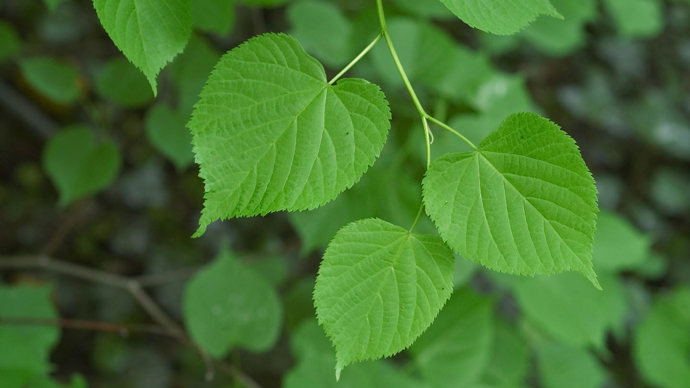
Credit: Philippe Clement / naturepl.com
Heart-shaped with a pointed tip, softly furry and with hairy stalks. They are larger than those of the small-leaved lime, growing 6–12cm in length, and droop in hot weather.
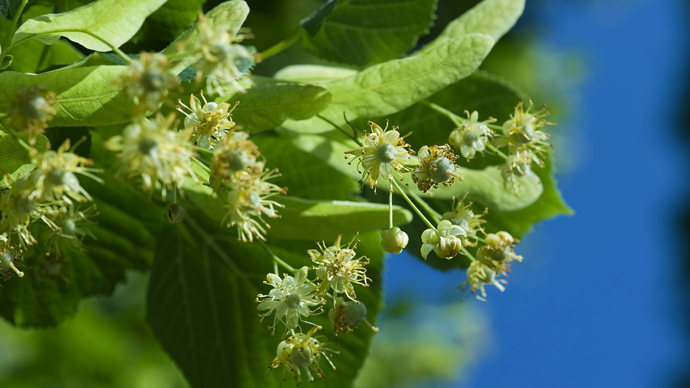
Credit: Premium Stock Photography GmbH / Alamy Stock Photo
Limes are hermaphrodites, meaning both male and female reproductive parts are contained within each flower. Flowers are green-yellow, have five petals, and hang in clusters of 4–10.
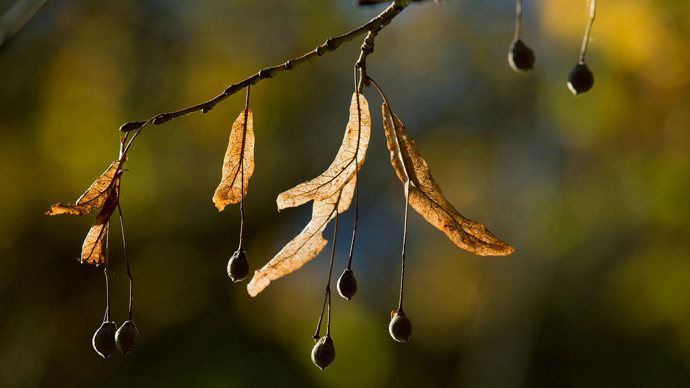
Credit: Bob Gibbons / Alamy Stock Photo
Once pollinated by insects, flowers develop into round-to-oval smooth fruits with pointed tips.
Other limes and hybrids. It is possible to tell true species apart by the underside of the leaf. Common lime (Tilia x europaea) has tufts of white hairs between the vein joints, whereas these are rusty red in small-leaved lime (Tilia cordata). Large-leaved lime has hairs all over the underside. Common lime is a hybrid and is rare in the wild in the UK.
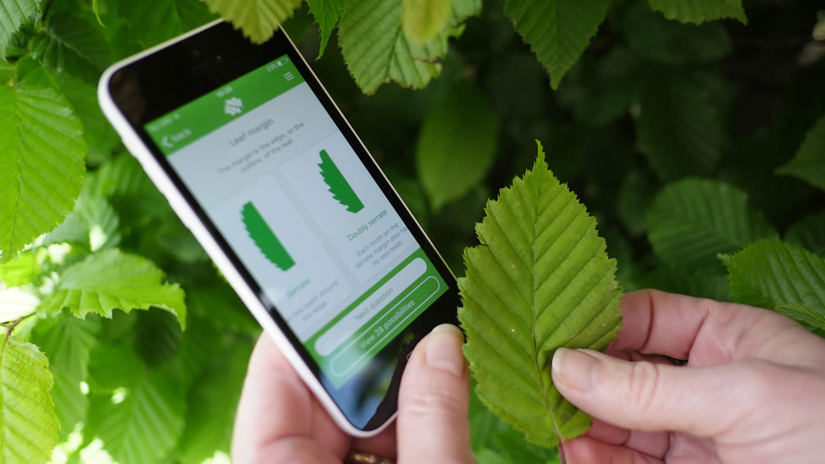
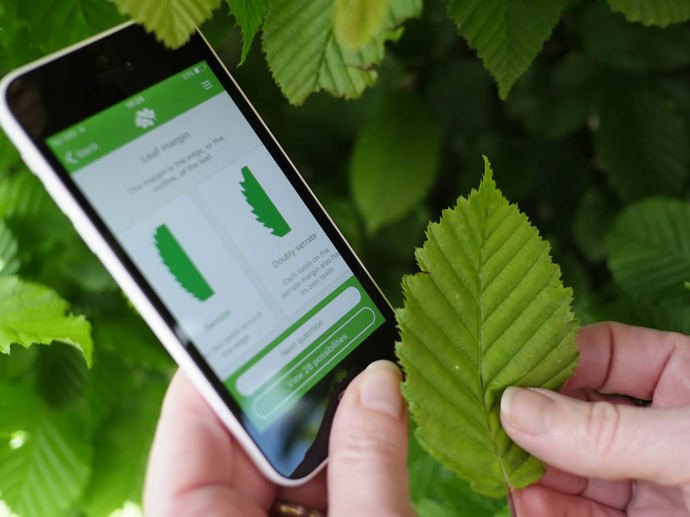
Download our free Tree ID app for Android and iPhone to identify the UK's native and non-native trees. It's an A-Z tree guide in your pocket.
The large-leaved lime is native to much of Europe and occurs locally in the south-west of England on lime-rich soils.
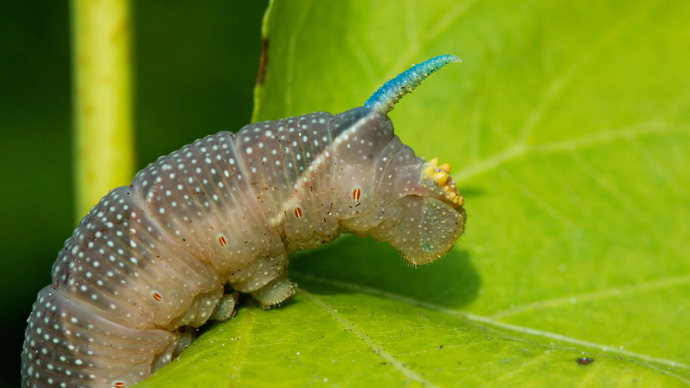
Credit: Buiten Beeld / Alamy Stock Photo
Lime leaves are the food source of caterpillars of the lime hawk, peppered, vapourer, triangle and scarce hook-tip moths. They are very attractive to aphids, and their predators, including hoverflies, ladybirds and many species of bird. The flowers provide nectar and pollen for insects, particularly bees which also drink the aphid honeydew deposited on the leaves. Old trees provide dead wood for wood-boring beetles, and nesting holes for birds.
Lime trees were often planted along roads by royal decree to get good luck in harvests.
Limes appear in folklore across Europe. They are often associated with fertility, especially in Estonia and Lithuania. It’s also considered a sacred tree in Slavic mythology and German folklore where it also represented fairness and justice.
It has been associated with romance and lovers and the tree was often used as a symbol in romantic poetry. In France and Switzerland, limes represent liberty, and the trees were planted to celebrate different battles. It was also said that sitting under a lime tree would cure epilepsy.

Lime wood is soft and light, white-yellow and finely textured. It is easy to work and used in turnery, carving and furniture-making. Lime bark was traditionally used to make rope.
The wood is still used today to make sounding boards and piano keys as it doesn’t warp. The flowers were used to make tea, especially during the Second World War when leaf tea was hard to come by. The tree’s sweet sap was made into wine.
The flowers were valued for their medicinal properties and they were considered an effective treatment for insomnia, headaches and other ‘nervous’ disorders.
Lime trees can be susceptible to fungal disease, which can cause root rot and bleeding cankers. They can also suffer infestations of aphids, sap-sucking insects and gall mites, including the nail gall. They are occasionally affected by wilt, which can be fatal.
Lime-flower tea, made from the dried blossom, has a pleasing taste due to the aromatic oil found in the flowers.